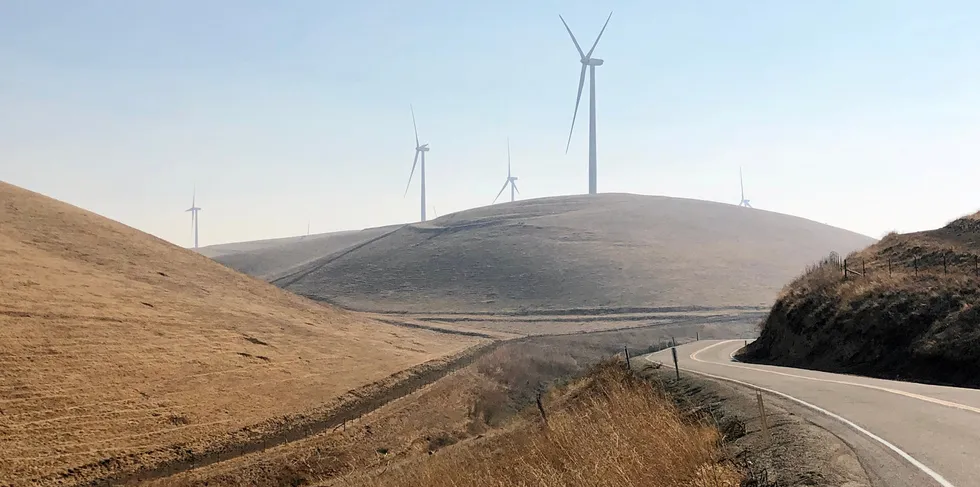'We're seeing a big proliferation' | US solar and wind hybrid projects on growth path
Fourth quarter boom in projects wiring together renewable power plant with energy storage took 2021 installations to 5GW, a 14-fold leap on the previous year, and point to bright future for the concept
